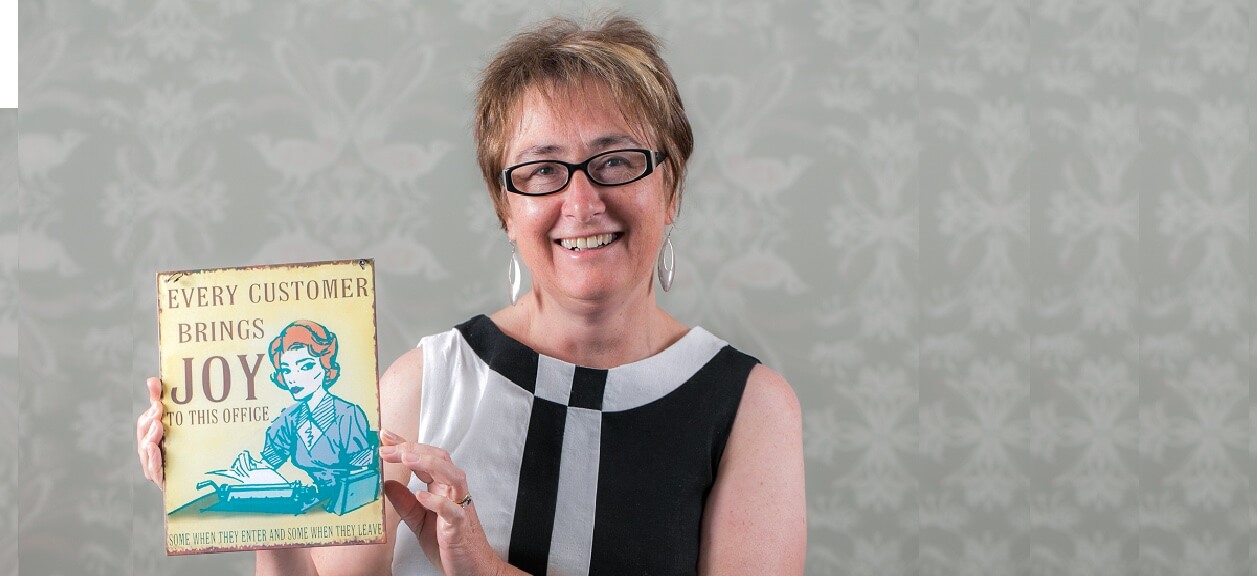Like many people, I currently open the newspaper with a sense of dread, wondering what new bad things will have happened overnght. Last week, there were media reports that the Former Chair of the ABC Board often referred to women at work as ‘chicks’ or ‘babes’.
This week, we have Alan Jones’ shockingly disrespectful and threatening rant at Sydney Opera House CEO, Louise Herron, over her refusal to display racing advertising on the Opera House, consistent with its governance requirements. Jones did later apologise ‘to anyone that was offended’, while also claiming his actions were not those of a bully or a misogynist (which is missing many elements of an effective, sincere apology).
Lessons from Dr Christine Blasey Ford’s Testimony
Then we have the fate of Dr Christine Blasey Ford in the US as she testified against the appointment of Judge Brett Kavanaugh to the US Supreme Court.
If anyone was wondering why targets of inappropriate behaviour rarely speak out, this case offers a classic case study.
- A fair process does not involve a severely-constrained investigation, threats of violence to one of the parties (and their family) or being publicly derided by senior office holders or decision makers.
- Anyone with an understanding of trauma would know that perfect recall of traumatic events is very unusual. That is inconvenient for investigators, but nonetheless a fact of psychology. An inability to tell a perfectly polished story is not a reliable indicator of lying. (I’d say perfect recall when drunk is unlikely too, but we won’t dwell on that).
- This case also raises a common investigation dilemma about witness credibility. If the other person present was also implicated in the alleged assault, then they are hardly a credible witness (but I am guessing you didn’t need me to tell you that!).
- This case also raises the vexed question of investigating ‘stale’ complaints. As the #MeToo movement and work of the Royal Commissions and other enquiries into sexual abuse take hold, workplaces are grappling with this challenge:
– How old is too old for an investigation to have any chance of delivering justice?
– What criteria should be applied for an organisation to consider going back in time?
– And if not investigation, then what alternatives are there for making good a past wrong?
A bright light in this area is the restorative justice work being done by the Defence Force. They are providing a safe and respectful forum for victims of historic assault to tell their story to senior office holders. As with the Royal Commission into child sexual abuse, being heard, being believed and receiving acknowledgement for prior institutional failings from someone who ranks, is an important part of victim healing.
National Inquiry into Sexual Harassment in the Workforce
Many of the issues raised by the US case are currently being explored here, in the Australian Human Rights Commission’s National Inquiry into Sexual Harassment in the Workplace, which is now accepting submissions and running public consultation forums.
The results of the Commissions 2018 Sexual Harassment Survey look depressingly familiar:
- One in three workers in Australia said that they had been sexually harassed at work over the last five year
- Typically, the target lacks power and the offender has power
- Young people between 18 and 29 were most likely to be harassed
- Only 17% of victims make a complaint, and few of these are happy with the outcome, saying nothing changed at the organisation as a result
- Women who report sexual harassment are still too often asked what they did to encourage it or what they were wearing at the time
- Too many people still believe that if the target doesn’t complain to them at the time or if the perpetrator did not intend malice, then it isn’t harassment.
We also observe from our works that men, particularly in mainly male-dominated workplaces, continue to fear that women make false claims of sexual harassment as a weapon against them, although the statistics do not support that fear. Harassment is disguised as ‘jokes’ most often aimed at minorities in the workplace. Perpetrators, usually not in the same minority, claim it was all in ‘fun’ and the victim just ‘lacks a sense of humour’ or is being ‘politically correct’.
Changing this culture
Organisations can (and must) do something to change this reality to ensure all people are safe from harassment and other unacceptable behaviours at work – and many that we work with are committed to doing just this.
There are six key steps to this process:
- Educate staff and then educate them again, about the standard of acceptable behaviour required and how it will be demonstrated in the work they do. Remember that offenders usually have power. Don’t just educate the lower ranks. Make sure senior leaders and boards are included in this training.
- Ensure that you enforce the standard at all levels consistently.
- Skill managers up to set boundaries and call out issues with confidence.
- Listen to complainants with empathy and triage carefully
- Investigate impartially.
- Rebuild work relationships after issues have arisen.
About Kairen Harris

Kairen Harris is an Associate Director at Worklogic. Kairen specialises in strategic workplace advice, dispute resolution and policy development. She understands how and when external HR can best augment internal function. Her depth of experience, wise counsel and practical problem-solving make Kairen highly sought-after. Worklogic works with employers to resolve workplace complaints and create a positive culture at work. Please contact Kairen if your organisation needs assistance, call (03) 9981 6558 or come along to our training!

